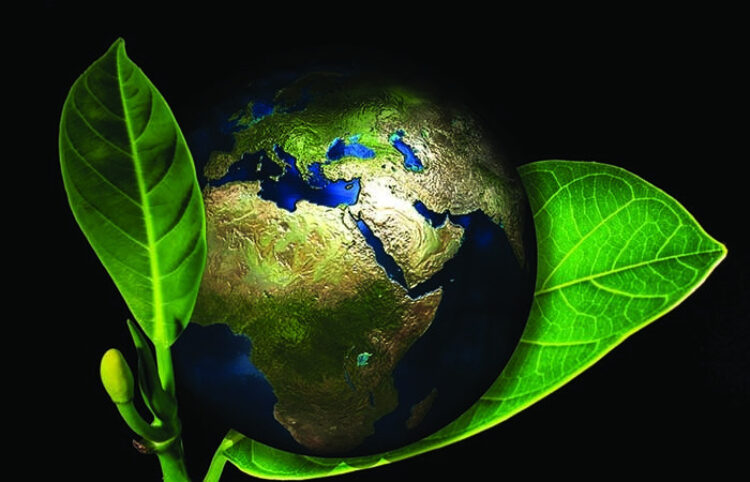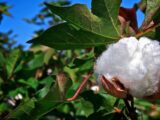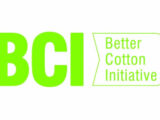
In 2016 the Australian cotton industry, through its Cotton Research and Development Corporation, participated in the most comprehensive life cycle assessment of cotton clothing ever attempted. Funded by Cotton Incorporated in the U.S. this cradle to grave scientific assessment was developed to further examine cotton’s environmental footprint, direct our sustainability efforts and help the textile supply chain understand raw material choices.
To understand the full environmental impacts of a textile product requires a large amount of research and data analysis. Life Cycle Assessments (LCAs) create a framework in which to measure and analyze potential environmental impacts from raw material extraction to product disposal. LCAs provide valuable insights to decision makers by identifying key impact areas – “hotspots” – and enabling environmental benchmarking to measure future progress.
The 2016 results indicated that the textile manufacturing and consumer use phases dominated most of the impact categories assessed. Although agricultural production’s contribution to total impact was lower than textile manufacturing and consumer use, agriculture did have the major portion of the impacts on water consumption and eutrophication potential.






